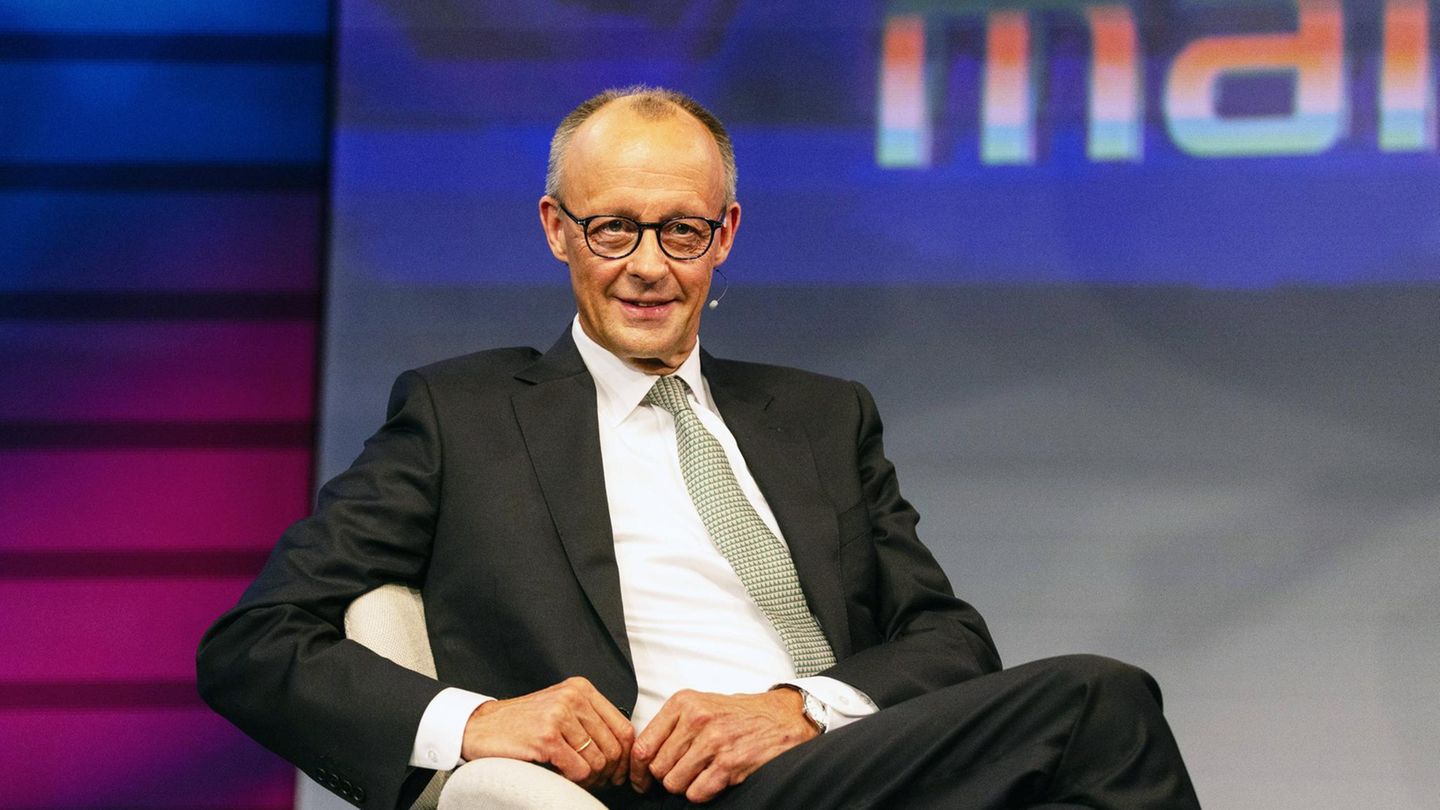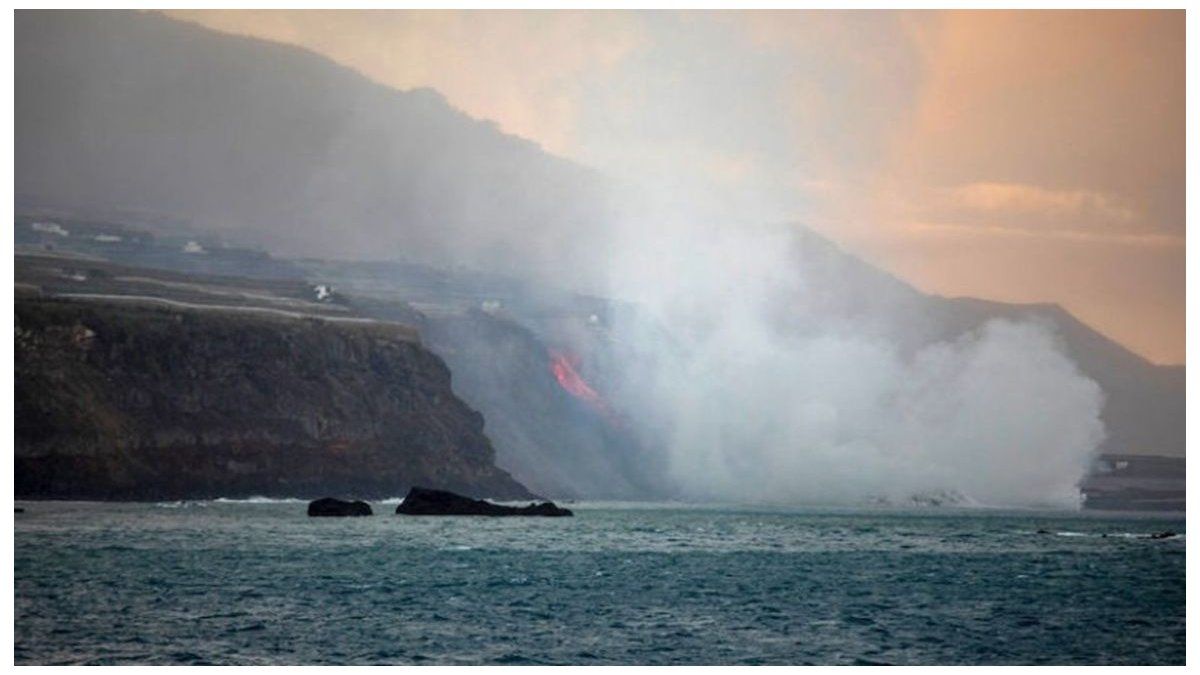Gas prices
Third most expensive tank year – 2025 could be a little cheaper
Copy the current link
In 2024, fuel prices will have eased further. Nevertheless, it was one of the most expensive tank years of all time. The new one is likely to be rather quiet – as long as world politics doesn’t interfere.
After the third most expensive year for fuel, the ADAC does not initially expect any major jumps in fuel prices in 2025. “As long as there are no further major crises, not much will happen,” says the traffic club’s fuel market expert, Christian Laberer.
According to his forecast, on average for the year coming to a close, E10 premium gasoline will have cost 1.74 euros per liter and diesel 1.65 euros. Price changes on the last days of the year can hardly change this.
If fuel prices move primarily sideways in 2025, as Laberer expects, the coming year could even be slightly cheaper than 2024. Most recently, fuel was a few cents cheaper than the annual average.
“Old price levels of 1.30 or 1.40 euros per liter of gasoline are hardly conceivable,” says the expert. Nevertheless, many consumers do not perceive the current prices as particularly painful – “simply because they have seen completely different things since the start of the Ukrainian war.” At that time, fuel cost significantly more than 2 euros per liter at times. The expert no longer expects anything similar, at least in the short term.
In principle, forecasts for the fuel price market are difficult, as Laberer emphasizes. In addition to the price of oil, the exchange rate between the dollar and the euro plays a particularly important role. Last year this resulted in fluctuations well over 20 cents: for E10, April 17th was the most expensive day with a nationwide daily average of 1.867 euros per liter, for diesel it was February 13th at 1.767 euros. The cheapest was E10 on October 1st at 1,631 euros, diesel on September 18th at 1,523.
The price development in 2024 matches the trend in oil prices. They rose in the first quarter, but then came under pressure. The main reason behind this is subdued demand because the economy in China and Europe is weakening. The conflicts in the Middle East and the war in Ukraine caused uncertainty on the oil market. Because production in the major oil states has not yet been affected, this has not resulted in sustainably higher prices.
Many experts do not expect oil prices to rise sustainably in the coming year either – also because there is no significant economic recovery in sight in China. The boom in electric mobility in China is also likely to dampen oil demand. “The times when China was the driver of global oil demand are likely to be over,” says Commerzbank expert Carsten Fritsch.
In addition, the future US President Donald Trump has announced that he will expand crude oil production, which could also depress prices. The International Energy Agency (IEA) also expects an oversupply of crude oil in 2025.
The geopolitical situation remains a major source of uncertainty. Tougher US sanctions against Iran could reduce supply. If the tariffs announced by Trump weigh on the global economy, this could in turn dampen oil demand.
A small increase is almost certain
So what happens next depends primarily on the oil. A small change is already foreseeable for the coming year: If the C02 price rises from 45 to 55 euros per ton on January 1st, this should also be noticeable at the pump. That works out to around three cents per liter.
However, an exact jump of three cents on the first day of the new year is unlikely. Experience has shown that a smooth transition is to be expected. In addition, this price aspect can be overshadowed by other developments.
According to ADAC calculations, the CO2 price will cost around 15.7 cents per liter of petrol and 17.3 cents per liter of diesel from next year. The exact value can vary depending on the biofuel admixture.
If you want to save on fuel, you might want to fill up your tank this year. “It’s best in the evening,” advises Laberer: “Then the fuel is usually a few cents cheaper than in the morning.” However, unlike before, there are only minimal differences between the individual days of the week.
In addition, the expert advises drivers of gasoline engines to consider E10, which is usually 6 cents cheaper per liter than classic E5 premium gasoline. “The vast majority of petrol engines can handle this without any problems,” he emphasizes. Nevertheless, it only accounts for about a quarter of gasoline sales.
“The myth persists here that it could be bad for the engine. But that’s not true if the car is approved for E10. Austria, for example, abolished Super E5 last year – without any cars breaking there.”
Laberer is skeptical about abolishing E5. “Many consumers would then switch to significantly more expensive products such as Super Plus. Some – such as vintage car drivers – would also have to switch,” he fears. And the price advantage of E10 could then be gone. “At the moment there is – not least because the manufacturers have to meet certain quotas.”
dpa
Source: Stern




